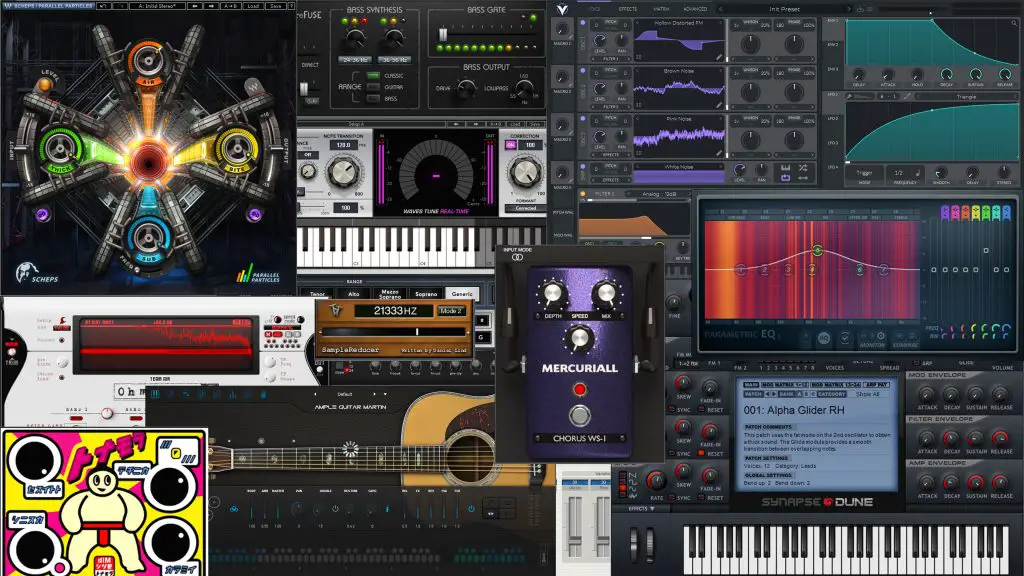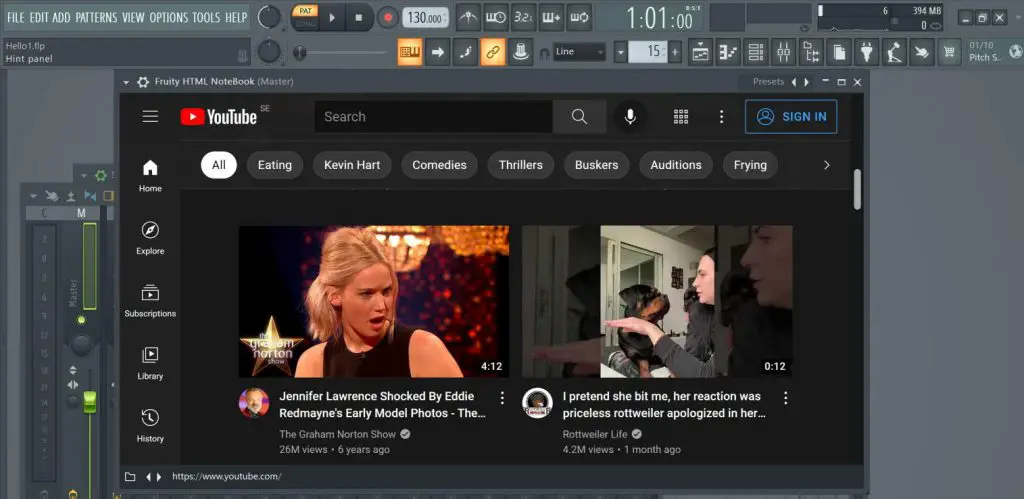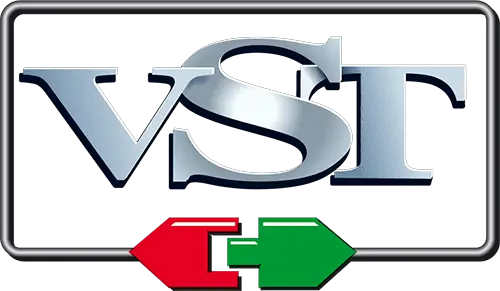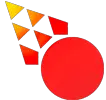There are thousands of plugins out there for your digital audio workstation and for someone who is new to music production, it can be hard to figure out what a plugin is, why you need it and how to get it. In this tutorial, you will get a general understanding of all of this.
First of all. Let’s make it clear what a plugin is.
In music production, plugins are a type of software that runs within a DAW. They are used to add functions such as instruments, effects, and analysis tools. They are called plugins because they plug into the host software.

There are many types of plugins. But usually, you can separate the different plugins in effects and virtual instruments. Effects work with existing sounds, and virtual instruments create sound. Here is a list of different plugin types.
Effects/Virtual processor plugin types:
- Compressor: Alters the volume shape of sound.
- Limiter: Removes sounds above a volume threshold.
- Equalizer: Controls the volume of different frequencies.
- Saturation: A light type of distortion, often used for mastering purposes to accentuate audio.
- Distortion: Clips audio past a volume threshold so that it flattens and creates square waves and new harmonics.
- De-esser: Used for controlling shh and ess sounds in vocals.
- Multiband Compressor: Works like a compressor but is used to control different frequency ranges at the same time
- Autotune: Auto corrects the pitch of a vocal or instrument to the nearest note in a scale.
- Reverb: Puts audio in a virtual space.
- Chorus: Same sound is played twice at the same time with a difference in time
- Flanger: Same sound is played twice at the same time with a lesser difference in time.
- Phaser: Uses phase cancellation to produce a sweeping effect.
- Volume modulator: Applies volume patterns to a mix or sample
- Gate: Mutes sound below a volume threshold.
- Bitcrusher: Reduces audio resolution.
- Exciter: Accentuates high frequencies through EQ and distortion.
- Filter: Cuts off frequencies in a given range.
- Analyzer: Analyzes volume levels, dynamics, frequencies, and spatiality.
- Stereo Expander: Widens or narrows the stereo width.
- Waveform generator: Synthesizes sinus, square, triangle, and other waveforms.
- Sample-based Synth: Uses pre-recorded samples and play them back. Often used to emulate acoustic instruments.
Many plugins will use a combination of techniques to achieve a unique effect. There is also a huge emphasis on the user interface. Two plugins can do the same thing, but the user interfaces can vary a lot. Also, a user may choose one plugin over the other because it’s lighter on the CPU or has a better sound quality.
Different plugins

Some plugins are used for unique purposes. Such as this web browser running in FL Studio. There are also guitar tuners, visualizer plugins, MIDI plugins, chord helpers. The list is not endless, but it’s long. Potentially anything could be run as a plugin, even a web browser. There are DAWs that can run within DAWs. For example, Reason and FL Studio can be used as plugins in other software. Enabling you to use their strengths within a different workstation. Run FL Studio within Ableton as a plugin, mix it up a bit.
How to get started with plugins

You can download a huge number of plugins for free and get started right away. But first, you need to know that not all digital audio workstations support every plugin out there. There are mainly three different formats plugins come in. VST, AU, and AAX.
VST is a technology created by Steinberg in the 90s, that to this day still licenses the VST brand. It stands for Virtual Studio Technology

Find your software in this list, and see what plugin formats are compatible with your software!
| Program | Windows | Mac |
| Ableton | VST, VST2/3 | AU, VST2/3 |
| Acoustica Mixcraft | VST2/3 | |
| Adobe Audition | VST, VST2/3 | AU, VST2/3 |
| Audacity | VST, VST2/3 | VST2/3, AU |
| Avid Pro Tools | AAX | AAX |
| Bitwig Studio | VST2/3 | VST2/3 |
| Cakewalk | VST2/3 | |
| Cubase | VST, VST2/3 | VST, VST2/3 |
| FL Studio | VST, VST2/3 | VST, VST2/3, AU |
| Garageband | AU | |
| Logic Pro X | AU | |
| Magix Acid Pro | VST, VST2/3 | |
| Reason | VST2 | VST2 |
| Reaper | VST,VST2/3 | AU |
| Studio One | VST, VST2/3 | VST, VST2/3, AU |
If you found the software that you use, or are planning to use. Great! Let’s start downloading some plugins. You can download free or paid plugins. Here are my recommendations as to where you can go.
For Free plugins try one of the following sites.
- KVR Audio (Use the sorting feature to find free ones)
- Audiopluginsforfree
- Freevsts
For Paid plugins try one of the following sites
I suggest you pick up some good plugins and stick to them. Don’t worry too much about not having every plugin you see. When we have too many choices, choosing becomes hard, and sometimes a lack of choice might increase creativity.
So how do I install plugins into my DAW?

So you downloaded a thousand plugins, and now you gotta get them into your DAW somehow. Usually, they will install into a default folder that can be found by your software automatically. However. If they don’t show up, don’t worry, just click any of the below links, and you will be guided to a tutorial for your specific DAW.
- Ableton Windows or Mac
- Acoustica Mixcraft Windows
- Adobe Audition
- Audacity Windows or Mac
- Avid Pro Tools /AAX plugins should automatically install in the right folder
- Bitwig Studio
- Cakewalk
- Cubase
- FL Studio
- Garageband
- Logic Pro X
- Magix Acid Pro
- Reason
- Reaper
- Studio One
That’s it for this guide. You should now know what plugins are, what types of plugins exist, and how you can get started with them. Go and produce some tunes to share with the world now and make it count.





